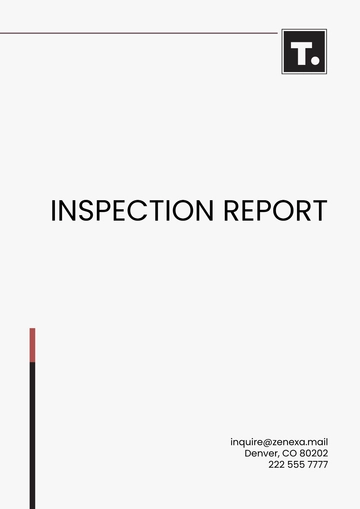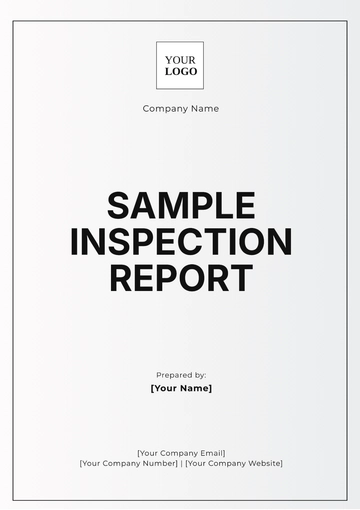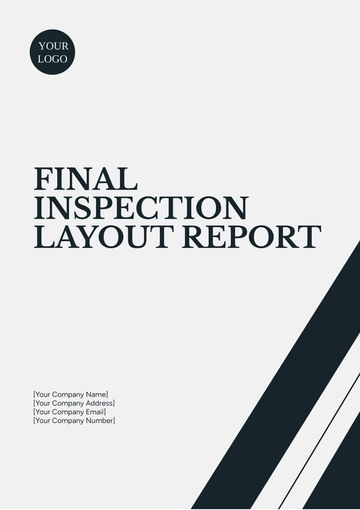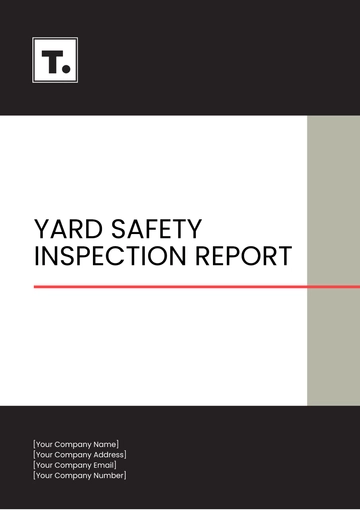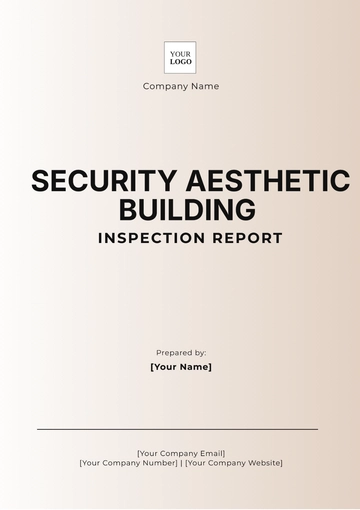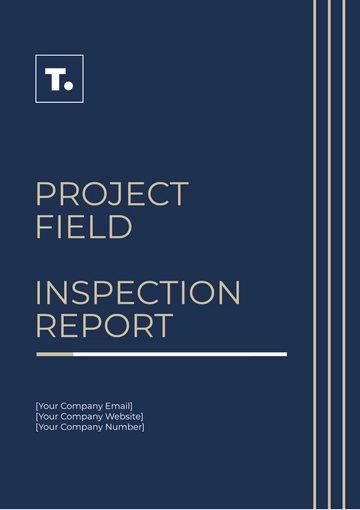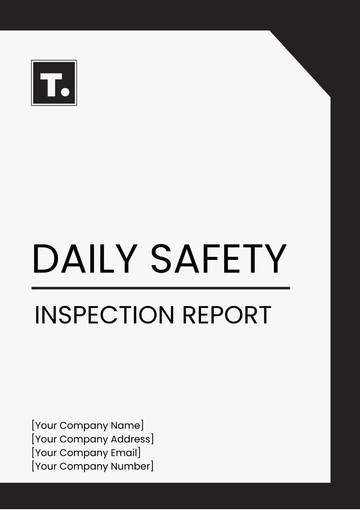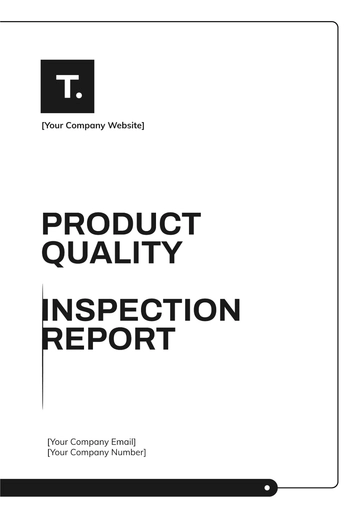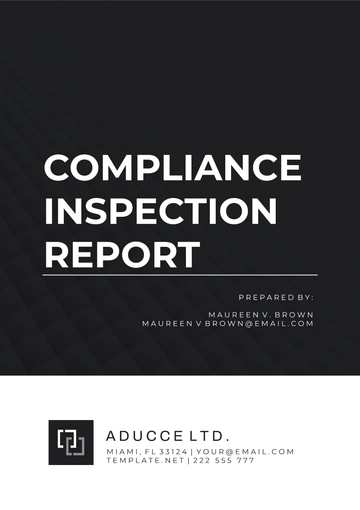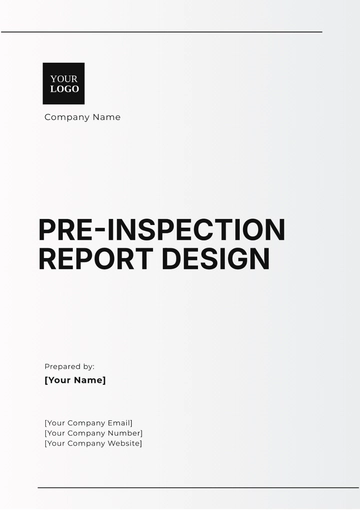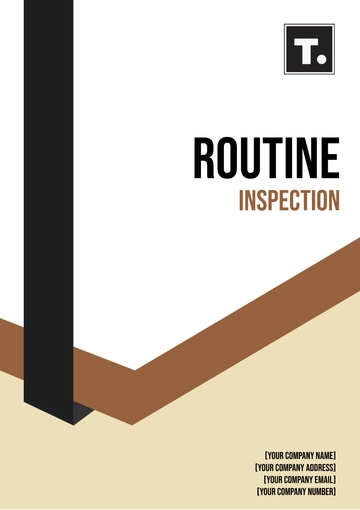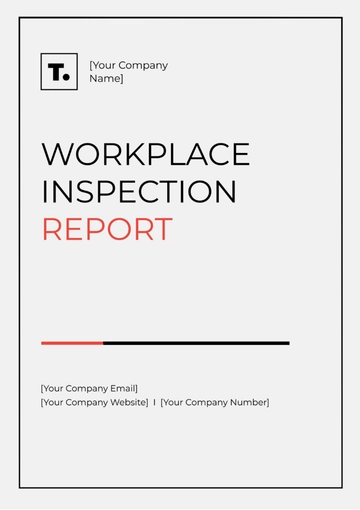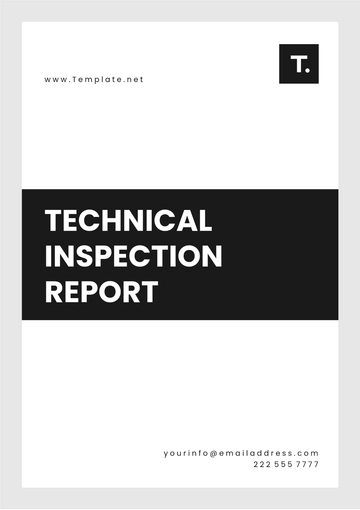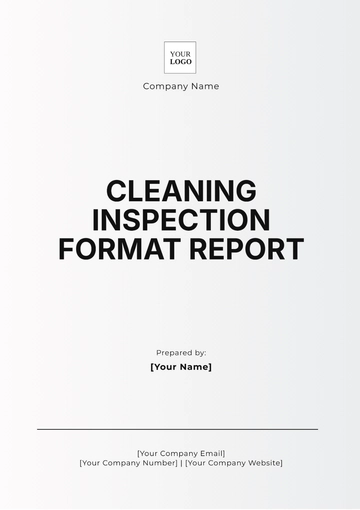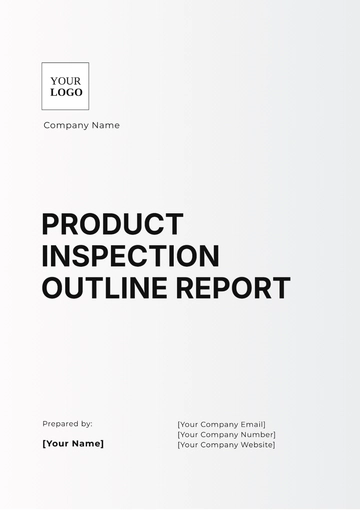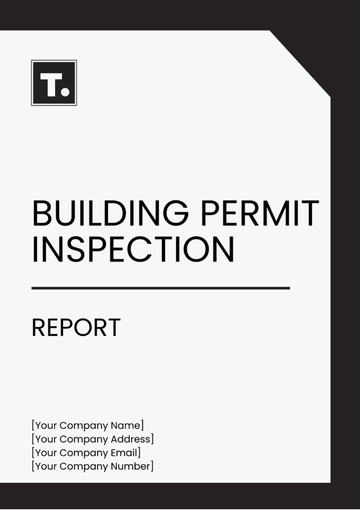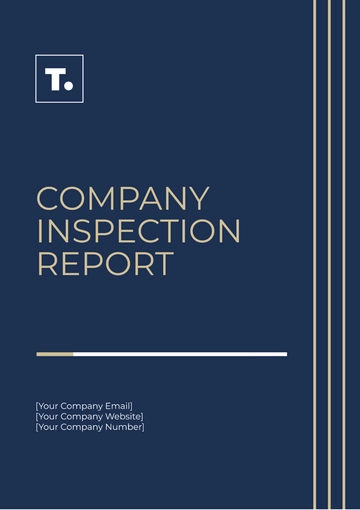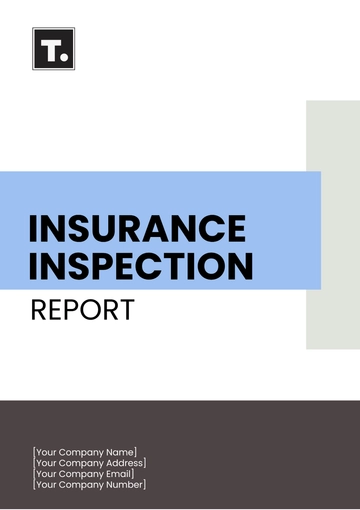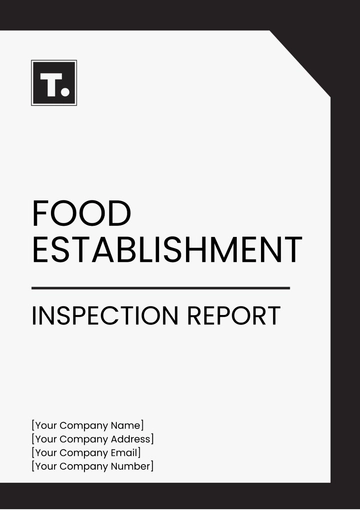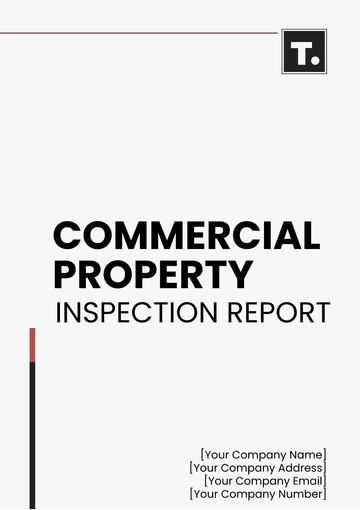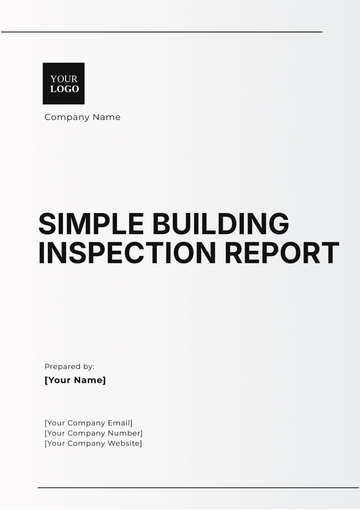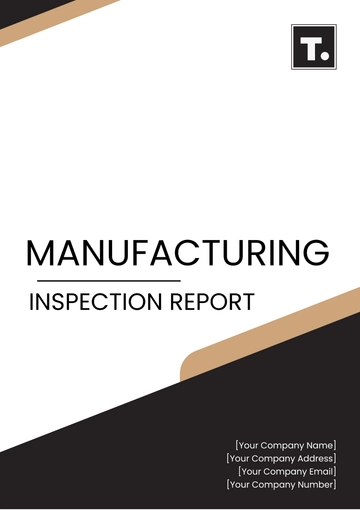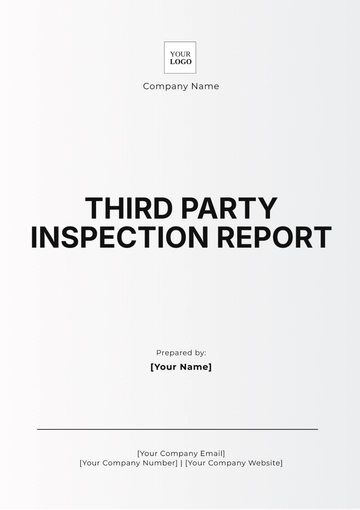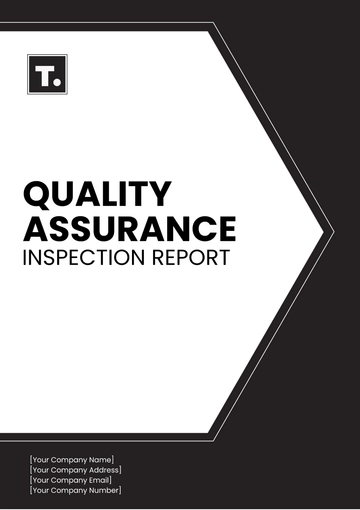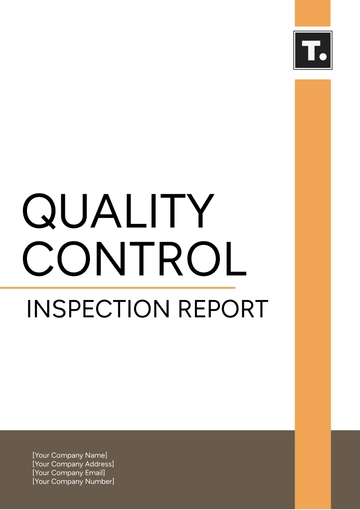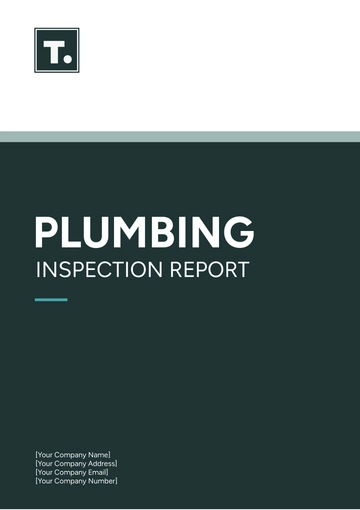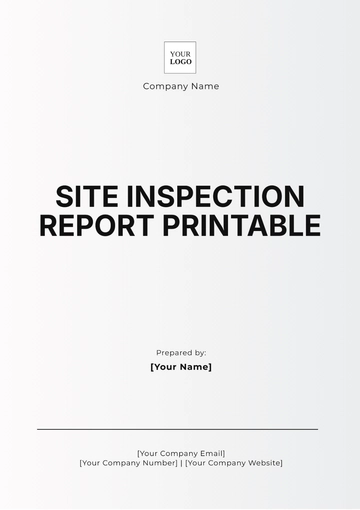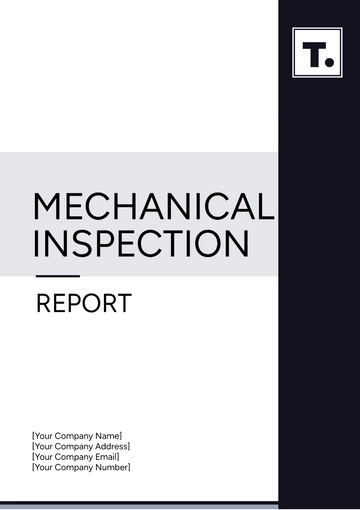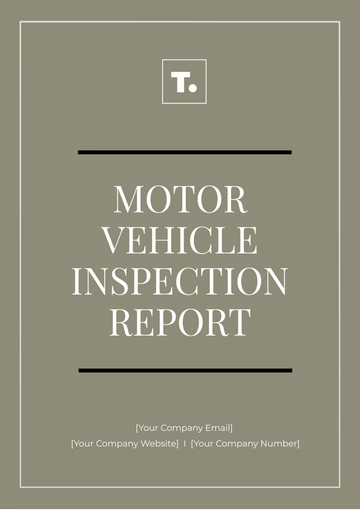Free Automotive Inspection Report
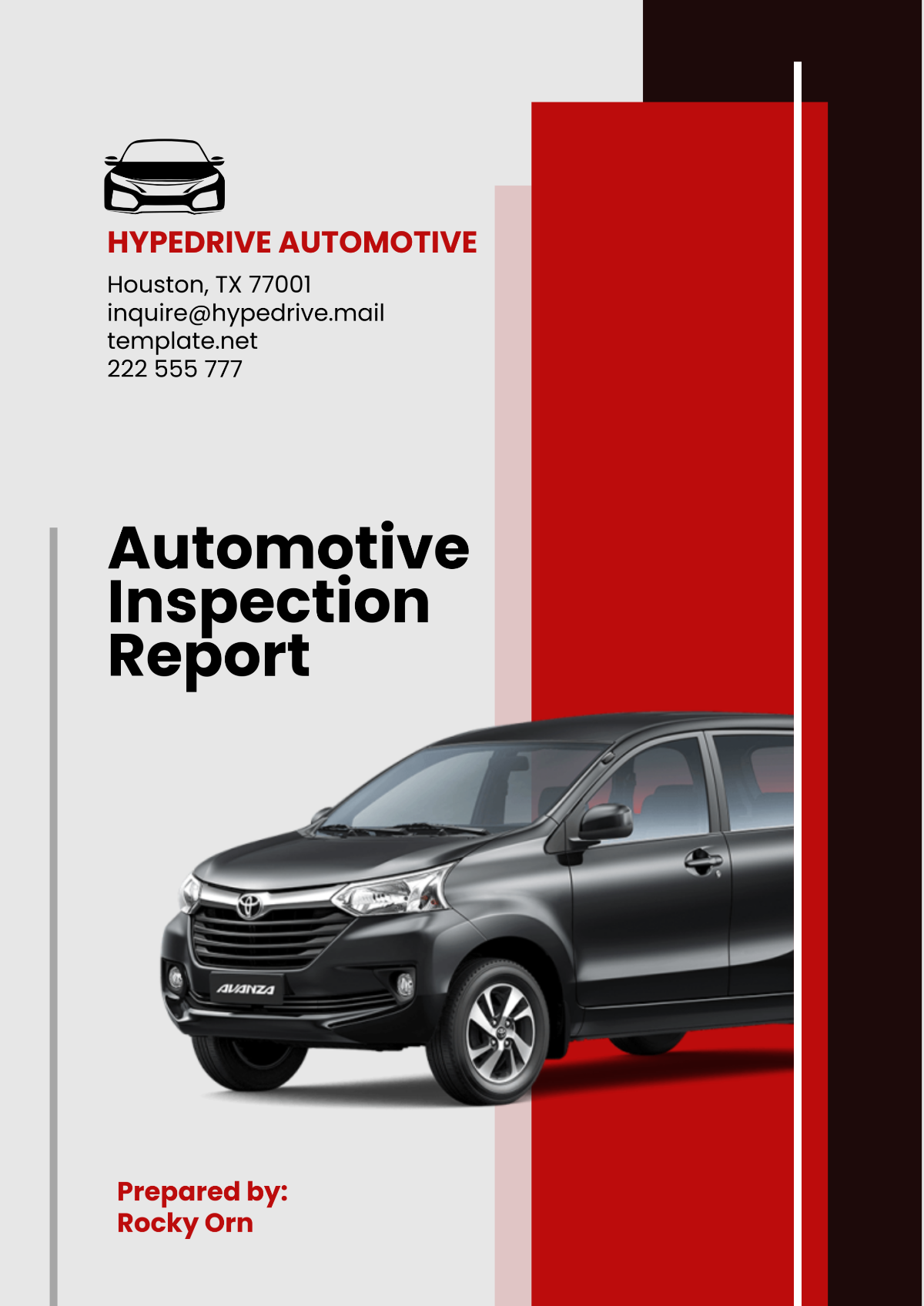
I. Vehicle Information
A. Make, Model, and Year
This report is for a [Car Model Name], a popular midsize sedan known for its reliability and efficient performance. The [Car Model Name] offers a comfortable ride, good fuel economy, and a reputation for long-lasting durability. The vehicle has been well-maintained, with regular servicing at authorized [Car Brand Name] centers.
B. VIN (Vehicle Identification Number)
The unique VIN for this vehicle is [000AAA]. This 17-character identifier helps track the vehicle’s history, including previous ownership, accidents, and repairs. It is also essential for verifying the vehicle’s authenticity and compliance with safety standards.
C. Odometer Reading (Current Mileage)
The vehicle currently has 87,450 miles on the odometer. This mileage is within the average range for a [Year] vehicle, indicating moderate usage and potential for several more years of service with proper care. The mileage is consistent with the vehicle’s maintenance history, as documented in the service records.
D. Vehicle Registration Information
The [Car Brand Name] is registered in California and has a valid registration through June 2051. The vehicle has passed all state-required emissions and safety tests, ensuring compliance with local regulations. Registration renewal is due in 2051, and all paperwork is up-to-date.
E. Owner/Customer Details
The current owner is [Customer Name], a long-time vehicle owner with a history of regular maintenance and care. [Customer Name] resides at [Customer Address]. His contact details are listed as [Customer Number], and he has been the sole owner of this vehicle since purchase.
II. Inspection Overview
A. Purpose of Inspection
This inspection was conducted as part of routine maintenance to assess the overall condition of the vehicle and identify any potential issues that may need attention. It is an essential part of the car owner’s commitment to vehicle longevity and safety. The inspection was also intended to ensure that the vehicle is operating within optimal standards and to provide recommendations for future care.
B. Inspection Date
The inspection was completed on November 22, 2050, at [Your Company Name], [Your Company Address]. This is a typical service interval for a vehicle with over 80,000 miles, allowing for an in-depth review of critical components. The inspection date also aligns with the vehicle’s recommended service schedule.
C. Technician/Inspector’s Name and Credentials
The inspection was performed by [Your Name], a certified automotive technician with over 10 years of experience in vehicle diagnostics and repair. [Your Name] holds ASE (Automotive Service Excellence) certification, ensuring a high level of expertise in assessing and maintaining vehicle systems. She is skilled in both domestic and foreign vehicle makes, specializing in [Car Brand Name] models.
D. Location of Inspection
The inspection took place at [Your Company Name], a fully equipped facility located at [Your Company Address]. This service center is equipped with the latest diagnostic tools and equipment, enabling a thorough examination of both mechanical and electronic systems. The location is known for its high standards of customer service and quality repairs.
III. Exterior Inspection
Area | Condition | Notes |
|---|---|---|
Body Panels | Good | Minor scratches on the rear bumper and dent on the passenger door. |
Windshield | ||
Windows | ||
Mirrors | ||
Lights |
The body is in overall good condition with minor cosmetic blemishes.
All glass and mirrors are free from significant damage or visibility issues.
Lighting components, including headlights and taillights, are in perfect working order.
IV. Interior Inspection
Component | Condition | Notes |
|---|---|---|
Seats | Excellent | No tears or stains. Both front and rear seats in excellent shape. |
Dashboard | ||
Climate Control | ||
Radio/Navigation | ||
Safety Features |
The vehicle's interior is well-maintained with no significant wear.
Climate and audio systems function correctly, ensuring comfort and convenience.
Safety features, including airbags and seatbelts, are all intact and operational.
V. Mechanical Inspection
System | Condition | Notes |
|---|---|---|
Engine | Good | No abnormal noises, clean oil, and coolant levels within range. |
Transmission | ||
Exhaust System | ||
Battery | ||
Braking System | ||
Suspension |
The engine and transmission are functioning optimally, with no immediate concerns.
The braking system is performing well, with no issues in stopping or responsiveness.
The suspension system provides a smooth ride with no signs of wear.
VI. Tires and Wheels
Tire Position | Tread Depth (mm) | Tire Pressure (psi) | Condition | Notes |
|---|---|---|---|---|
Front Left | 6 mm | 32 | Good | Even wear, no visible damage |
Front Right | ||||
Rear Left | ||||
Rear Right |
Tires are in good condition, though the rear tires show slight edge wear, suggesting a possible need for rotation.
Tire pressures are generally good, but the rear tires are slightly low and should be addressed.
The wheels are in good condition with no visible damage or corrosion.
VII. Test Drive Assessment
Performance Area | Test Result | Notes |
|---|---|---|
Engine | Smooth | No unusual noises or performance issues. |
Transmission | ||
Brakes | ||
Steering | ||
Suspension |
Engine performance is smooth with no signs of distress.
The transmission shifts seamlessly with no hesitation.
Braking is effective, with no vibrations or noise.
Steering is precise, and suspension provides a smooth ride with no clunking or rattling.
VIII. Findings and Recommendations
A. Summary of Findings
Overall, the [Car Model Name] is in excellent condition, with no major issues detected during the inspection. All critical systems, including the engine, transmission, brakes, and suspension, are functioning properly. The exterior and interior show minimal signs of wear, and the vehicle has been well-maintained.
B. Detailed Recommendations
Immediate Repairs
None at this time. No urgent issues were identified during the inspection.
Preventive Maintenance
Rotate the tires to ensure even wear, especially the rear tires, which show slight edge wear.
Perform a wheel alignment to address the uneven tire wear in the rear tires.
Consider changing the cabin air filter if it has not been replaced recently to maintain optimal air quality inside the cabin.
Optional Upgrades or Enhancements
Consider upgrading the headlight bulbs to high-performance LED lights for better nighttime visibility.
IX. Additional Notes
A. Environmental or Usage Factors
Based on the vehicle’s mileage and condition, it appears that the [Car Brand Name] has been primarily used for highway driving, which is beneficial for the longevity of the vehicle. The relatively low wear on the tires and brake pads supports this observation, as highway driving typically causes less wear and tear compared to city driving.
B. Previous Service History
No specific service records were provided by the owner. However, based on the overall condition of the vehicle, it is likely that the vehicle has undergone regular oil changes and routine maintenance at authorized service centers. The vehicle appears to be up-to-date with all required factory service intervals.
C. Potential Future Issues
There are no immediate concerns with the vehicle. However, it’s recommended that the owner monitor the brake pads and suspension components over the next 12 months as the vehicle continues to accumulate miles. Regular maintenance and inspections are always advised to avoid any unexpected issues down the road.
X. Inspector’s Certification
By signing this report, I confirm that the vehicle inspection was performed thoroughly and that the findings and recommendations are accurate based on my professional judgment and experience.
 [Your Name]
[Your Name]
[Your Company Name]
[Date]
- 100% Customizable, free editor
- Access 1 Million+ Templates, photo’s & graphics
- Download or share as a template
- Click and replace photos, graphics, text, backgrounds
- Resize, crop, AI write & more
- Access advanced editor
Streamline your vehicle inspection process with the Automotive Inspection Report Template from Template.net. This fully editable and customizable template allows you to easily tailor each section to meet your specific needs. Use the AI Editor Tool for quick modifications and professional results, ensuring your reports are both accurate and efficient every time.
You may also like
- Sales Report
- Daily Report
- Project Report
- Business Report
- Weekly Report
- Incident Report
- Annual Report
- Report Layout
- Report Design
- Progress Report
- Marketing Report
- Company Report
- Monthly Report
- Audit Report
- Status Report
- School Report
- Reports Hr
- Management Report
- Project Status Report
- Handover Report
- Health And Safety Report
- Restaurant Report
- Construction Report
- Research Report
- Evaluation Report
- Investigation Report
- Employee Report
- Advertising Report
- Weekly Status Report
- Project Management Report
- Finance Report
- Service Report
- Technical Report
- Meeting Report
- Quarterly Report
- Inspection Report
- Medical Report
- Test Report
- Summary Report
- Inventory Report
- Valuation Report
- Operations Report
- Payroll Report
- Training Report
- Job Report
- Case Report
- Performance Report
- Board Report
- Internal Audit Report
- Student Report
- Monthly Management Report
- Small Business Report
- Accident Report
- Call Center Report
- Activity Report
- IT and Software Report
- Internship Report
- Visit Report
- Product Report
- Book Report
- Property Report
- Recruitment Report
- University Report
- Event Report
- SEO Report
- Conference Report
- Narrative Report
- Nursing Home Report
- Preschool Report
- Call Report
- Customer Report
- Employee Incident Report
- Accomplishment Report
- Social Media Report
- Work From Home Report
- Security Report
- Damage Report
- Quality Report
- Internal Report
- Nurse Report
- Real Estate Report
- Hotel Report
- Equipment Report
- Credit Report
- Field Report
- Non Profit Report
- Maintenance Report
- News Report
- Survey Report
- Executive Report
- Law Firm Report
- Advertising Agency Report
- Interior Design Report
- Travel Agency Report
- Stock Report
- Salon Report
- Bug Report
- Workplace Report
- Action Report
- Investor Report
- Cleaning Services Report
- Consulting Report
- Freelancer Report
- Site Visit Report
- Trip Report
- Classroom Observation Report
- Vehicle Report
- Final Report
- Software Report
